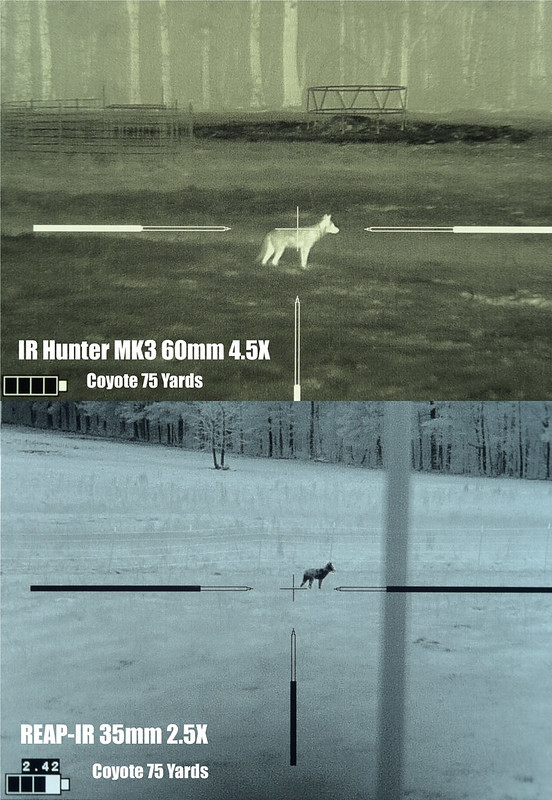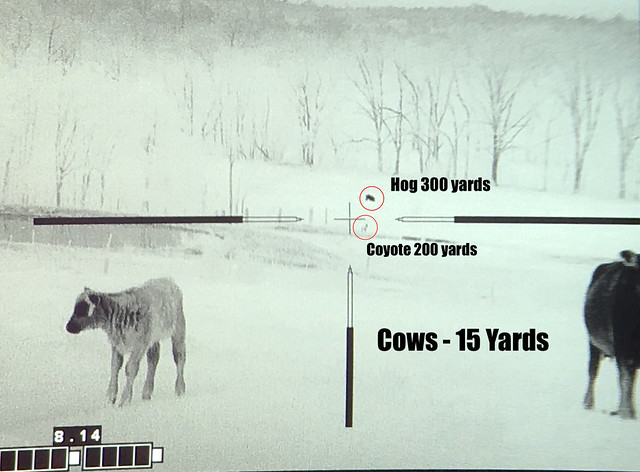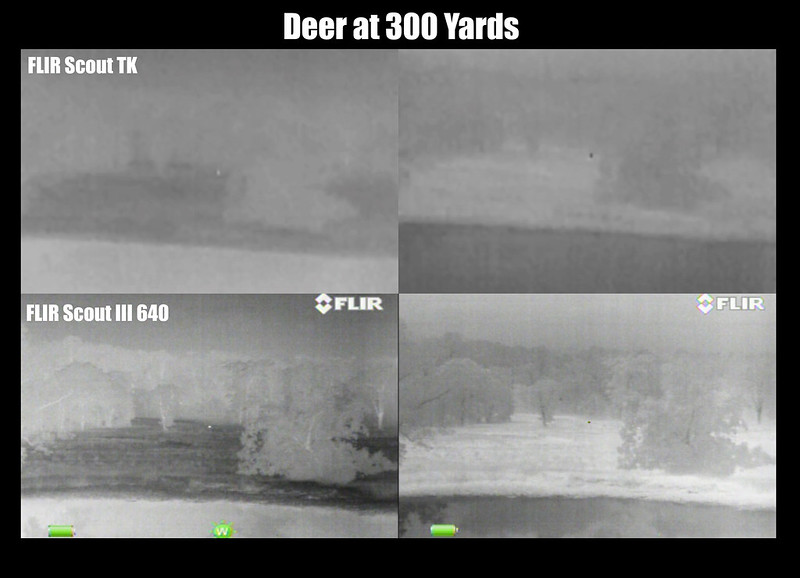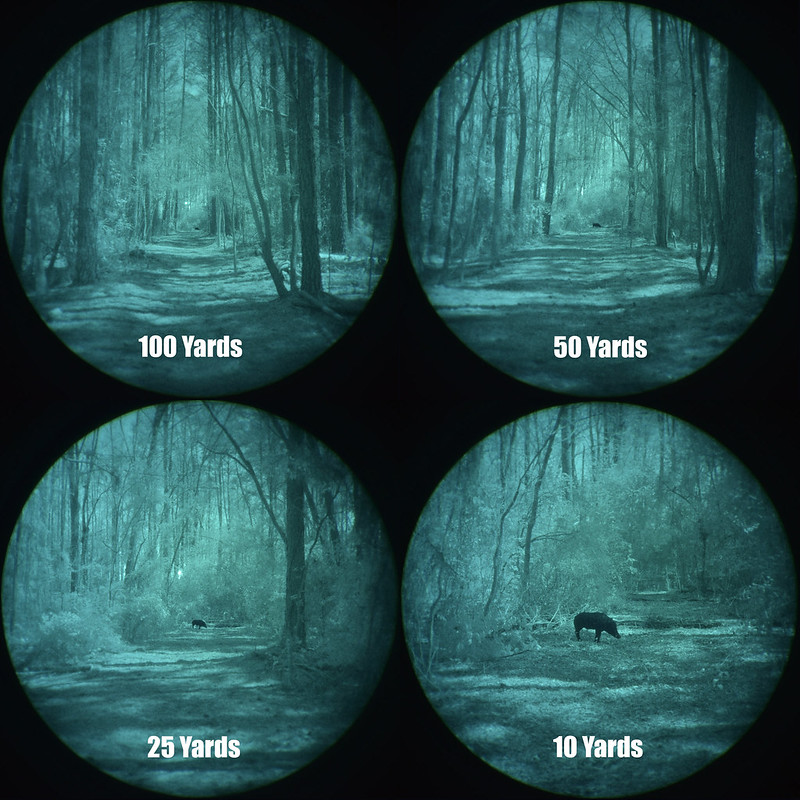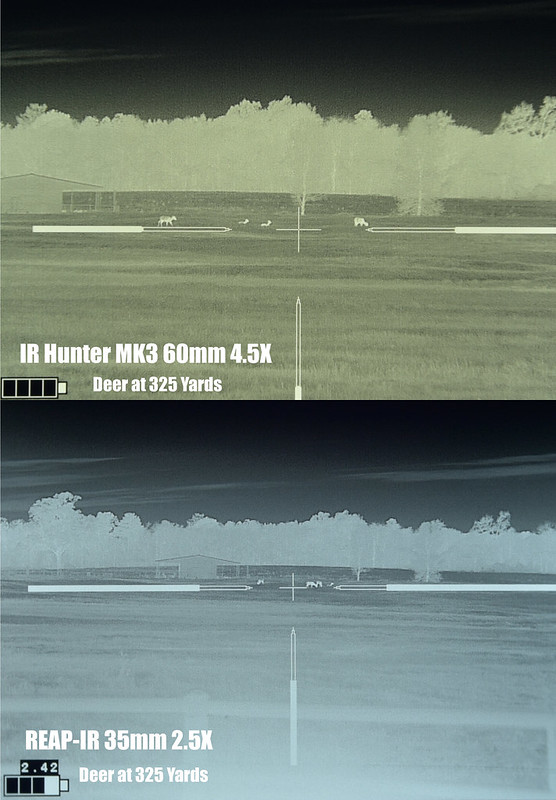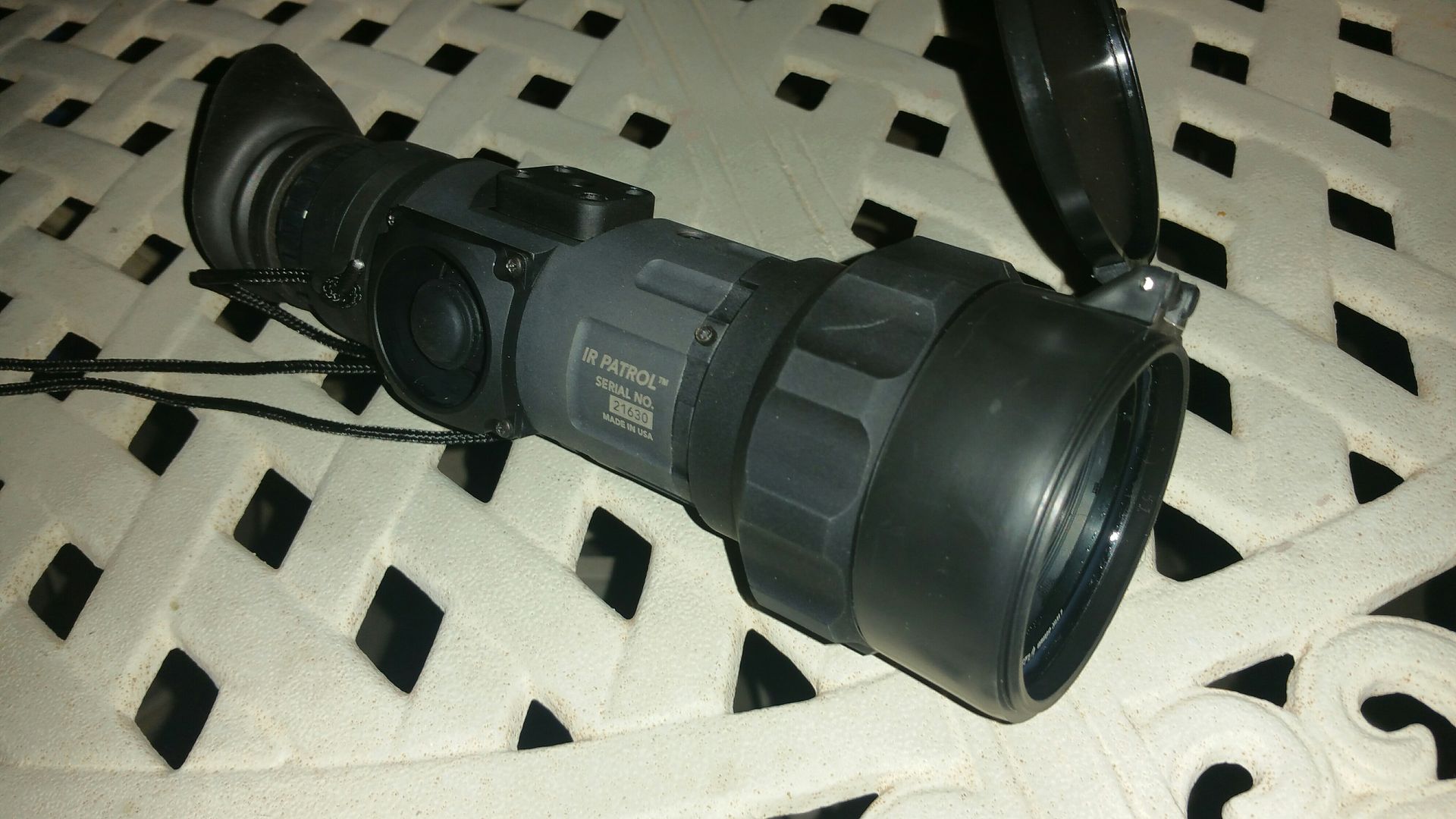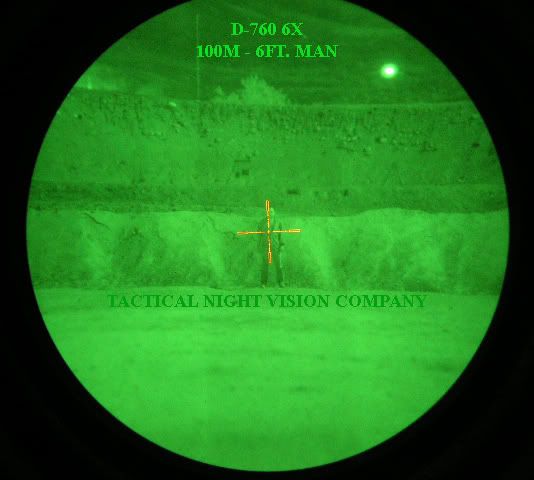I see in some threads that guys say that with a thermal a positive ID on a coyote beyond 200 yards is not happening. That for a positive ID you need night vision.
But, positive ID is a very subjective thing. Is positive ID being able to tell the difference between a coyote and a domestic dog? or the difference between a coyote and a fox? or is it between a coyote and a deer?
Is a person identifiable from an elk at 1000 yards? or will the thermal even pick up anything? How far can a good one pick up a person?
But, positive ID is a very subjective thing. Is positive ID being able to tell the difference between a coyote and a domestic dog? or the difference between a coyote and a fox? or is it between a coyote and a deer?
Is a person identifiable from an elk at 1000 yards? or will the thermal even pick up anything? How far can a good one pick up a person?





